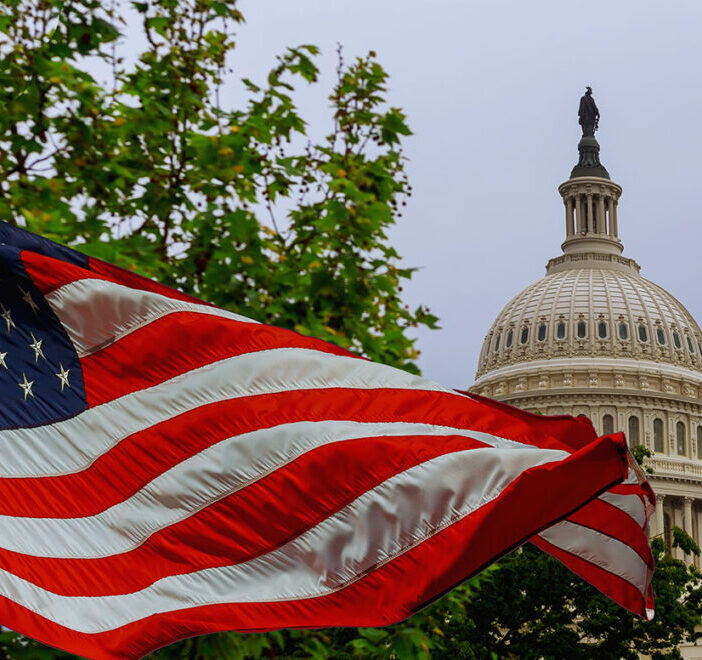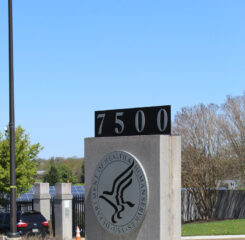Hospice and Skilled Nursing Proposed Payment Updates
Hospice
Payment Update
The proposed payment update for FY 2020 is 2.7% based on the estimated inpatient hospital market basket update of 3.2% minus the multifactor productivity adjustment estimated at 0.5%. CMS indicates this to be a $540 million increase in payments. However, that is a simplistic overview of the payment adjustment for this rule as it affects hospice rates.
The rule identifies research indicating that the current rates for continuous home care (CHC), general inpatient care (GIP), and the inpatient respite care (IRC) are below the costs to provide those types of care. In an effort to more closely align reimbursement rates with costs, CMS proposes to rebase the FY 2020 rates for these three types of care. The proposal would bring the rates for CHC and GIP equal to their estimated FY 2019 average costs per day and IRC equal to the estimated FY 2019 average cost per day, with a 5% reduction to account for coinsurance. As these types of changes are required to be done in a budget-neutral manner, the rates for routine home care (RHC) are proposed to be reduced by nearly 3%. We are encouraged to see CMS attempting to promote utilization of all 4 types of hospice care but detailed analyses is required.
Medicare Advantage Carve-In
There has been a lot of interest and concern in the announcement that CMS intends to test a Medicare Advantage (MA) carve-in for hospice beginning in 2021 in the Value Based Insurance Design (VBID) Model. The proposed rule includes a Request for Information (RFI) seeking information on the interaction of the hospice benefit and various alternative care delivery models, including MA, Accountable Care Organizations, and other future models designed to change the incentives in providing care under traditional fee-for-service (FFS) Medicare. The RFI also solicits comments on:
- How hospice under Medicare FFS relates to other treatment options,
- How it impacts the provision of a spectrum of care for those that need supportive and palliative care before becoming hospice eligible and after,
- Whether rates of live discharge are a reflection of the current structure of Medicare FFS,
- Care coordination differences for hospice patients that received Medicare through traditional FFS prior to hospice election, were enrolled in an MA plan prior to hospice election, or received care from providers that participate in an Accountable Care Organization prior to hospice election, and
- The pros and cons of including hospice services as the part of the benefits provided in value-based or capitated payment arrangements.
Election Form Changes
The rule proposes to modify the hospice election statement content requirements to increase coverage transparency for patients under a hospice election. Specifically, they are proposing the following on the election statement:
- Information about the holistic, comprehensive nature of the Medicare hospice benefit,
- A statement that, although it would be rare, there could be some necessary items, drugs, or services that will not be covered by the hospice because the hospice has determined that these items, drugs, or services are to treat a condition that is unrelated to the terminal illness and related conditions.
- Information about beneficiary cost-sharing for hospice services.
- Notification of the beneficiary’s (or representative’s) right to request an election statement addendum that includes a written list and a rationale for the conditions, items, drugs, or services that the hospice has determined to be unrelated to the terminal illness and related conditions and that immediate advocacy is available if the beneficiary (or representative) disagrees with the hospice’s determination.
The proposed election statement addendum outlines the content requirements for the addendum, but it does not mandate the use of a specific form.
Hospice Quality Reporting Program (QRP)
As previously noted, CMS has decided not to publicly report the second measure – the percentage of patients receiving at least 2 visits from social workers, chaplains or spiritual counselors, licensed practical nurses, or aides in the last 7 days of life – of the “ Hospice Visits when Death is Imminent” pair at this time. Further testing is underway. The rule also discusses updates to efforts to develop claims-based and outcomes measures, the work to develop a hospice assessment tool, changes to reporting requirements and participation in the hospice CAHPS survey.
Skilled Nursing
Payment update
The proposed payment update for FY 2020 is 2.5% based on the estimated SNF market basket update of 3.0% minus the multifactor productivity adjustment estimated at 0.5%. CMS indicates this to be a $ $887 million increase in payments.
The case-mix indices have been updated with a FY 2018 base and have been adjusted to reflect the change from RUG-IV to PDPM in a budget neutral manner. As in years past, CMS is soliciting comments around the wage index being based on hospital inpatient wage index and whether there is a more accurate or appropriate index in the absence of a SNF-specific index.
Once again for consolidated billing, CMS invites comments identifying HCPCS codes in any of four service categories (chemotherapy items, chemotherapy administration services, radioisotope services, and customized prosthetic devices) representing recent medical advances that might meet the criteria for exclusion from SNF consolidated billing. Identification should include the specific HCPCS code associated with the service in question, as well as the rationale for requesting that the identified HCPCS code(s) be excluded.
Patient-Driven Payment Model (PDPM) Details
Under PDPM group therapy is limited to no more than 25% of therapy services furnished. The rule proposes a change to the definition of group therapy to define group therapy as a qualified rehabilitation therapist or therapy assistant treating two to six patients at the same time who are performing the same or similar activities. This is to more closely align the definition across other post-acute settings.
With the increased importance of ICD-10 coding with PDPM, CMS proposes to update any ICD-10 code mappings and lists used under PDPM, as well as the SNF GROUPER software and other such products related to patient classification and billing, through a subregulatory process which would consist of posting updated code mappings and lists on the PDPM website.
SNF QRP
Two new measures are being proposed for the SNF QRP for introduction in 2020: 1. Transfer of Health Information to the Provider–Post-Acute Care (PAC), and 2. Transfer of Health Information to the Patient–Post-Acute Care(PAC). Additionally, they propose updating the specifications for the Discharge to Community–PAC SNF QRP measure to exclude baseline nursing facility residents from the measure. Comments are sought on each of these proposals. CMS is also seeking input on the importance, relevance, appropriateness, and applicability of measures, standardized patient assessment data elements(SPADEs), and concepts under consideration for future years in the SNF QRP.
Value Based Purchasing Program (VBP)
Minor changes are being proposed in the VBP program but the core components of the withhold as well as the incentive payment methodology remain in place. Out year performance standards and benchmarks are updated in this proposed rule.
Next Steps
LeadingAge will be conducting an analysis of these rules and developing comments. We encourage all members to contact us with questions or concerns that you would like to offer.

Most Recommended
October 15, 2025
 Shutdown Week Three: Impact of Ongoing Closure on Affordable Housing
Shutdown Week Three: Impact of Ongoing Closure on Affordable Housing
December 10, 2025
Fiscal Year (FY) Funding 2026
October 07, 2025
Immigrant Workforce Matching Program Brings Workforce Relief
Recently Added
December 23, 2025
 CMS Debuts Models: ACCESS, ELEVATE and LEAD
CMS Debuts Models: ACCESS, ELEVATE and LEAD
December 22, 2025
GAO Report: Ensuring Accessible Healthcare
December 19, 2025
House Moves Forward on Affordable Housing Reforms
December 19, 2025



